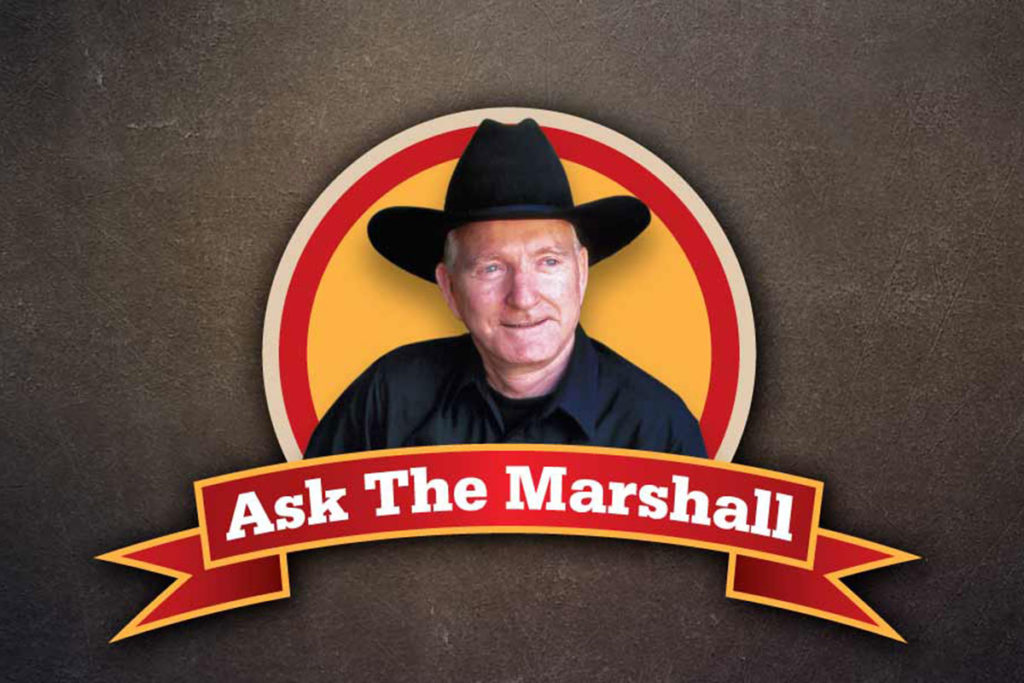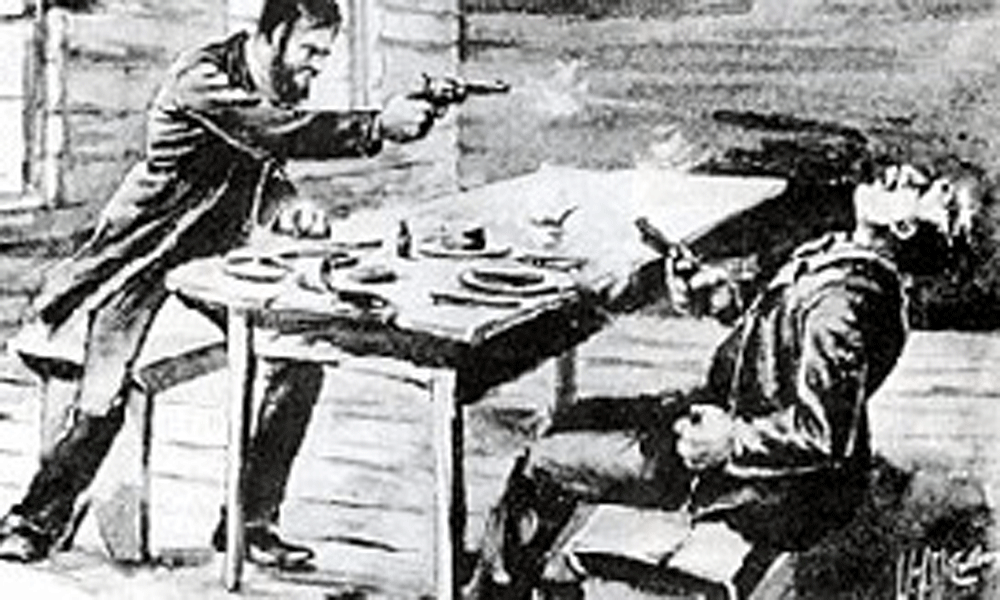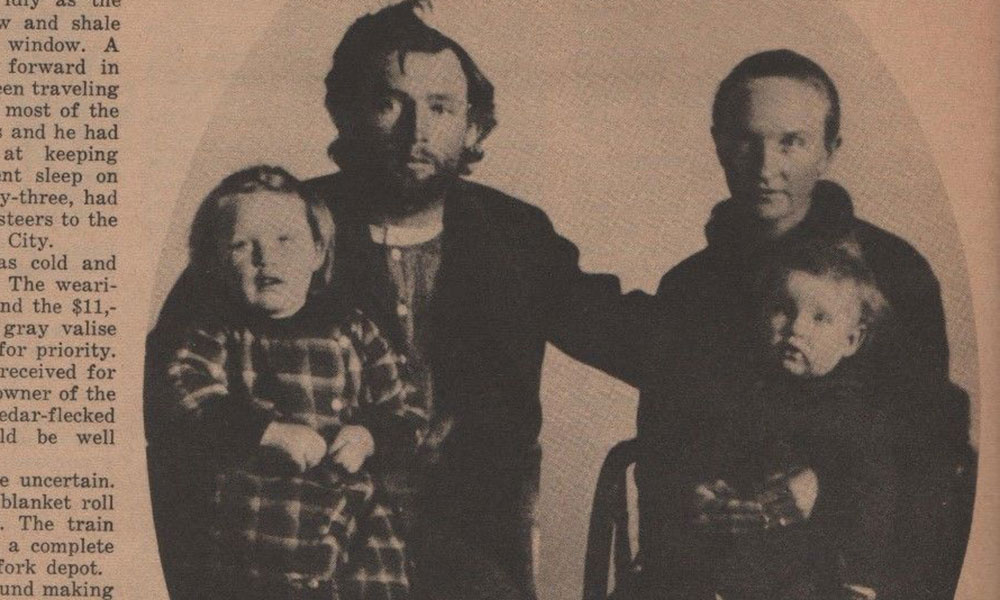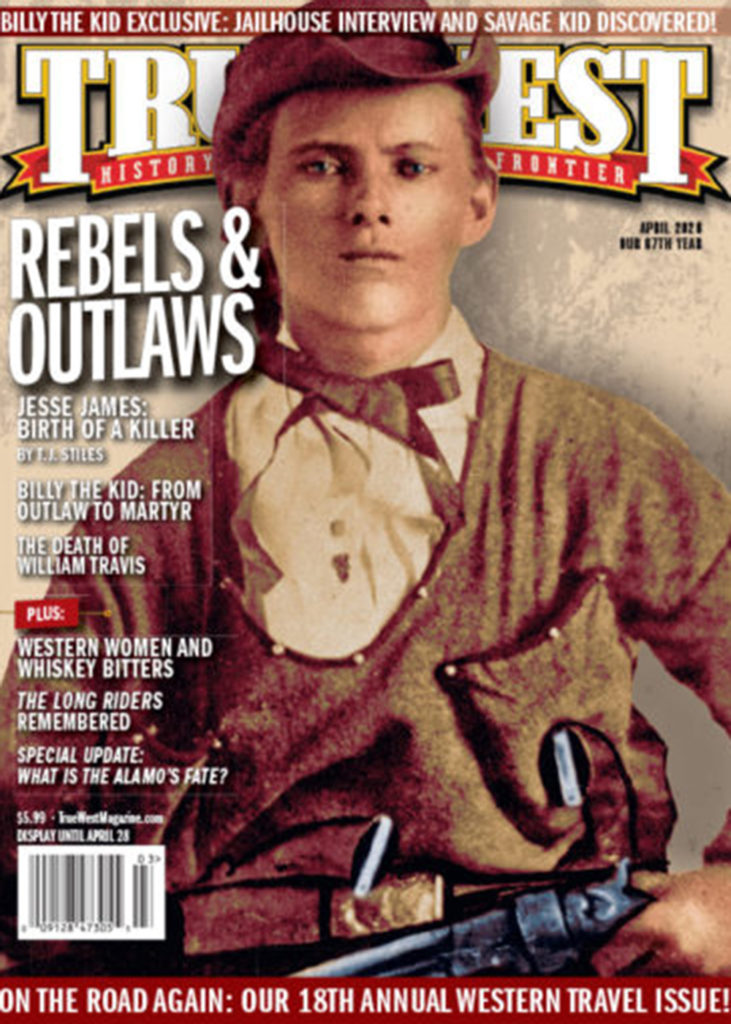Who were the Anasazi?
Duff Hale
Midlothian, Texas
The Anasazi were among the prehistoric peoples who lived in The Four Corners area of Utah, Colorado, New Mexico and Arizona. They probably evolved from the Desert Culture in about 200 B.C. They began to practice agriculture and pottery-making around A.D. 500. They cultivated corn, beans and squash, which enabled them to remain in one place. They also grew cotton along the Little Colorado River. Sometime around A.D. 1050 they began moving to the tops of mesas and into the cliffs. Most likely someone was threatening them.
They had a complex religion. Although they are commonly referred to as Anasazi, the Hopi prefer Hisatsinom, or “Person of Remote Past of Ancient Time.” The politically correct term is “Ancestral Pueblo.”
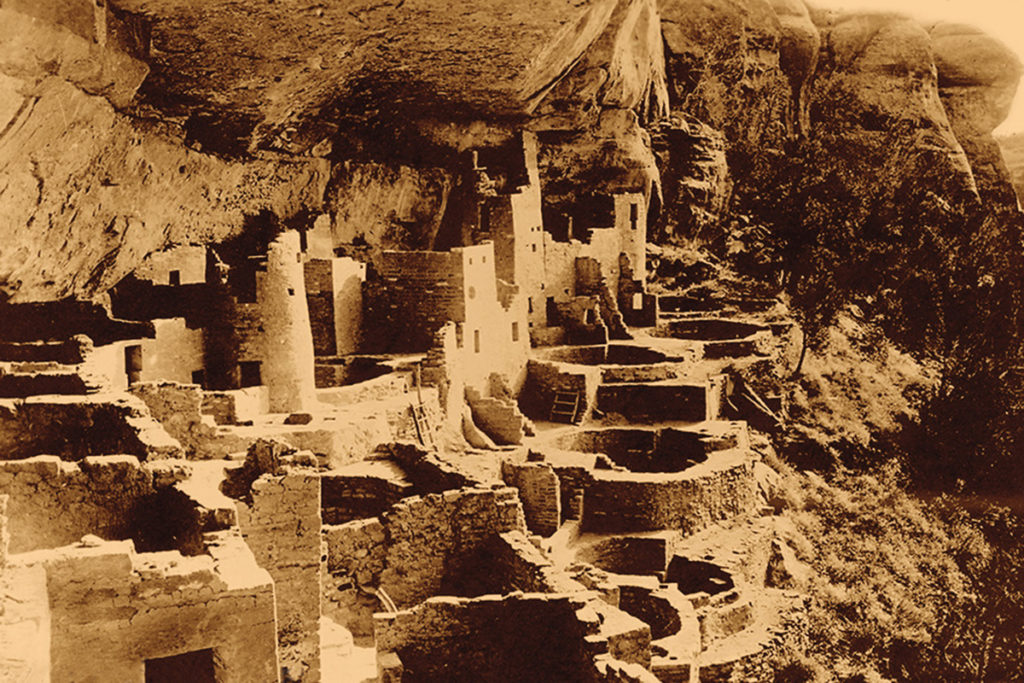
– Courtesy Library Of Congress –
There is evidence of violent warfare prior to them moving into cliff dwellings. Hopi Elders say they had no enemies before the arrival of the Navajos, around A.D. 1400, so was the violence a fight among themselves? Anasazi versus Anasazi?
They went into decline around the 13th century, and that is a great mystery. Why did they leave those beautiful canyons? Was it climate change, environmental stress, denuding forests, long droughts, crop failure, periodic famine or perhaps all of the above?
Did any gunfights involve women?
Jed Green
Fort Smith, Arkansas
On April 18, 1886, a couple of brothel madams, Etta “Grasshopper” Clark and “Big Alice” Abbott, got into a brawl in El Paso and Alice was shot in the crotch. Two years later, Alice got her revenge: she hired two thugs to burn down Etta’s house. Some rough stuff. It’s likely there were similar events in those bawdy houses.
In reality, shootouts between men were rare back in the day, so it’s not surprising that there are few recorded gunfights between women.
A Deadwood saloon claims to have Wild Bill Hickok’s death chair above the door. Is it the real deal?
Paul Pena
Jacksonville, Arkansas
Saloon # 10, the site of Hickok’s murder and located at 624 Main St., burned in the great fire In 1879. Today’s saloon bearing the same name is located at 657 Main St. The Death Chair you saw isn’t authentic; it just resembles the original.
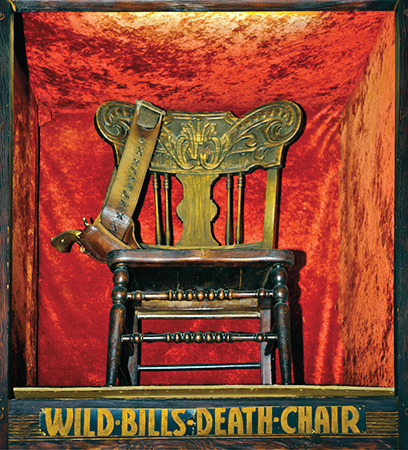
George Armstrong Custer’s brother, Boston, and nephew, Autie Reed, were at the Little Bighorn, serving in civilian roles. Did they pick up guns and fight?
Dave Stephens
Phoenix, Arizona
Actually, both were in safe areas when the fight broke out. Boston was bringing more ammo to the front when he was killed. Autie was a cattle herder, but he was given approval to get a gun and join the fight. Based on what we know, which is pretty sketchy, they fought bravely. Both were killed, scalped and mutilated atop Last Chance Hill.
Was Juan Cortina a real bad guy or just fighting for his people? A lot of Tejanos were scared of this guy, the “Robin Hood of the Rio Grande.”
Joe Manriquez
Whittier, California
In some ways he was a lot like Pancho Villa, Joaquin Murrieta and Augustine Chacon. Some Mexicans along the border thought him a hero and others feared or hated him. Most Anglo Texans considered him to be a terrorist.
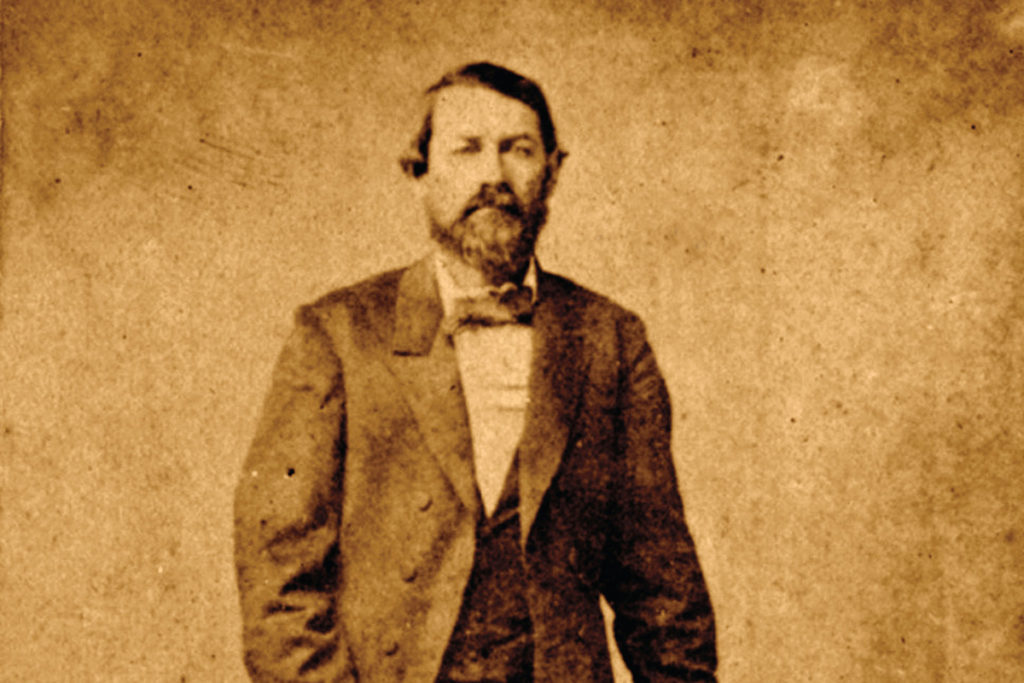
– True West Archives –
Cortina was different in that he came from upper-class Mexican society. Much like Mariano Vallejo in California and Benito Juarez in Mexico, he championed civil rights. In 1859, angered by what he believed to be brutal treatment of Tejanos, Cortina staged a war against Anglo leaders and the Texas Rangers. He lost that fight, but he took up arms again two years later, fighting on the side of the Union in the American Civil War. Again beaten, Cortina retired to Mexican politics. Later, he was imprisoned for being on the wrong side of the political battles. He died under house arrest in Mexico City in 1894.
Did the U.S. Cavalry use only the McClellan saddle?
Phillip R. Brown
Jackson, Tennessee
The McClellan saddle was adopted by the U.S. Cavalry in 1859. It was designed by George B. McClellan after a tour of Europe where he studied various cavalry saddles. He based the U.S. design on a Hungarian saddle used by the Prussian cavalry. It’s also a modification of the Mexican tree saddle that was popular at the time. During the early years of the Civil War, Confederate cavalry used a similar saddle invented by Walter H. Jenifer, commonly known as the Jenifer. As the fighting dragged on in the war, their horses lost weight and the bony withers were injured by it. So the Confederates went to the McClellan.
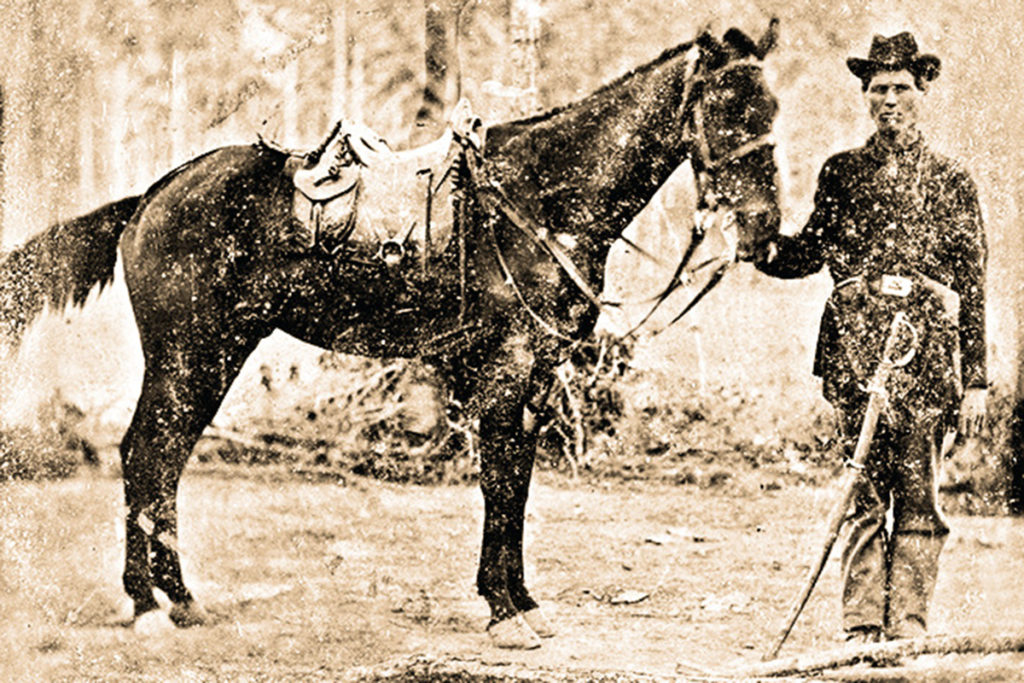
– Courtesy Library Of Congress –
Modifications of the McClellan were in use until World War II and are still used for ceremonial purposes and mounted police. The advent of tanks, barbed-wire barricades and automatic weapons during World War I brought about the end of mounted troops. The last time U.S. cavalrymen—on horses—saw action was in the Philippines in 1942.
Marshall Trimble is Arizona’s official historian and vice president of the Wild West History Association. His latest book is Arizona Oddities: Land of Anomalies and Tamales; History Press, 2018. If you have a question, write: Ask the Marshall, P.O. Box 8008, Cave Creek, AZ 85327 or e-mail him at marshall.trimble@scottsdalecc.edu. Please always include your name, city and state.


